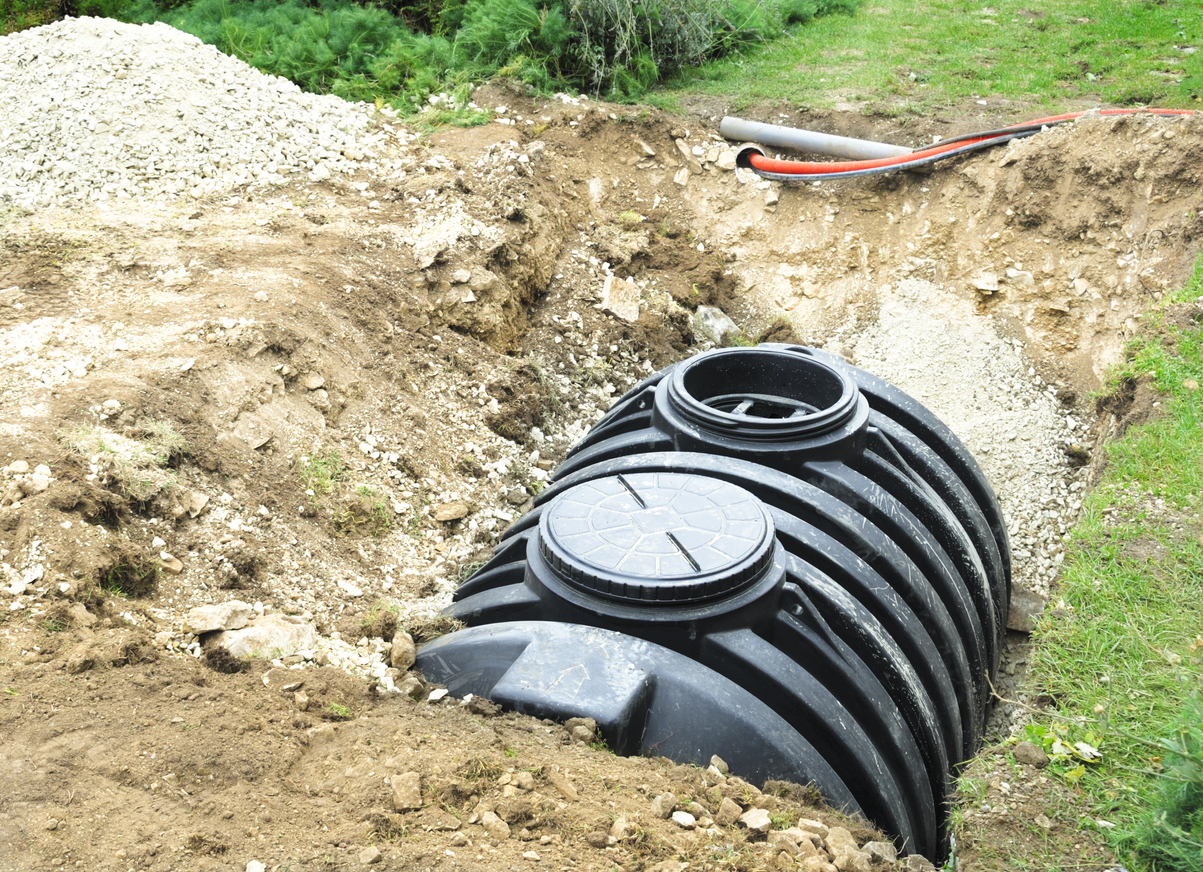
Septic tanks treat and dispose of sewage efficiently while keeping the community around them safe. Certain risks involved include toxic fumes or spillage into nearby water systems. With this in mind, it’s crucial for wastewater treatment clients to understand the importance of septic tank installation best practices to keep these risks at bay. These systems provide an individualized wastewater treatment option for commercial and residential areas. In this article, we’ll discuss the types of systems available and the septic tank installation process and cost behind the installation.
Getting Covered
There’s a lot of work that goes into installing a new septic tank, but the first step should be to make sure the client’s Septic Industry Insurance is comprehensive and up to date. This insurance ensures that policies contain water industry-specific clauses, such as bacteria, lead, and pollution coverages that meet various types of clients’ needs. Everyone from septic installation operations to water treatment plants needs to be operating with this high-level insurance.
Types of Tank Systems
It’s also important to know what kind of septic tank is being installed in order to operate it and maintain it properly.
- Conventional: A conventional septic tank uses gravity to move sewage into the tank. From there, sewage separates into layers, with solid waste settling at the bottom and liquid sewage at the top.
- Alternative Septic: An alternative septic system collects sewage in the same way as a conventional system, but it breaks down more sewage in the tank using oxygen instead of naturally occurring bacteria.
- Engineered: These systems are the most complex and are necessary for areas that have poor soil. Like the previous systems, engineered systems collect and separate waste in the tank and then pump them into a leach field.
Preparing for Septic Tank Installation
There are a few steps that clients should keep in mind when preparing to install a septic tank.
- Test the Soil: Septic tanks rely on permeable soil surrounding the tank to absorb and naturally treat liquid residue not to contaminate runoff water or leak into the water. This is known as the drain or leach field. Before a tank is installed, clients are legally obligated to obtain a percolation test that confirms the soil meets the city and local health department requirements. Usually, the soil is required to have adequate amounts of permeable contents, such as gravel or sand.
- Plan for Excavation: Clients can use heavy equipment for a large area necessary for septic tank installation. It’s also important to keep scheduling in mind and begin excavation when it has minimal impact on the surroundings.
Excavation
The site should be adequately excavated, and the base leveled out before setting the tank. The excavation’s length and width should provide the right amount of space to allow for proper compaction and backfilling and provide a safe working environment for the crew. The heel of the bucket can be used to compact the excavation bottom before setting the tank.
Inspect and Pump
The average septic tank should be inspected at least every three years by the client. These systems are usually pumped every three to five years to ensure there are no leaks or build up. Alternative systems with electrical float switches, pumps, or mechanical components should be inspected more often, usually every 12 months.
About Watercolor Management
WaterColor Management has insured the water industry for over 30 years. Our policies include unlimited defense cost coverage in the event of a lawsuit against you. Call us at (256) 260-0412 or email info@watercolormanagement.com for a quick quote for your Water Business Professional, Products/Completed operations, Pollution and General Liability Insurance.




